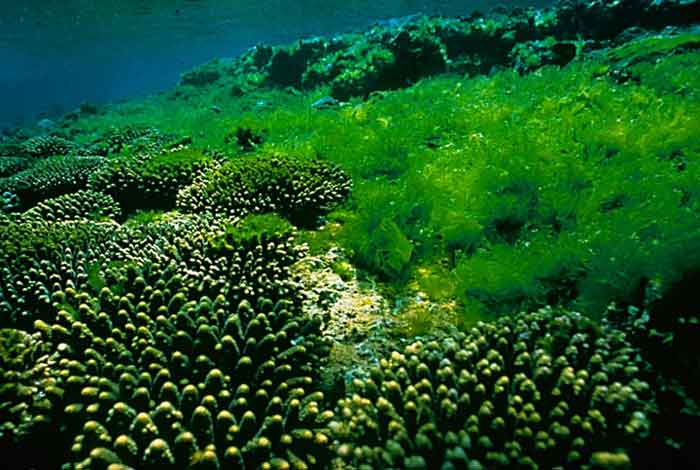Energy potential of algae extremely underused

Many companies and research firms investigate the energy potential of algae, but according to a new study by researchers of the University of Texas in Austin it is theoretically possible to produce about 500 times as much energy from algae fuels as is needed to grow the fuels.
However, limited by existing technology, the researchers found in a separate study that their algae growing facility is getting out about one-five hundredth as much energy as it currently puts in to grow the fuels.
Robert Hebner, director of the university’s Center for Electromechanics (CEM), conducts research in a large algae growth demonstration facility for biofuels. The facility is located adjacent to CEM.
And although the study focuses on biofuel production, co-products might become available that can go into animal feed.
The studies add important context to the viability of algae, which shows promise for producing large amounts of energy-dense fuel because it can be harvested nearly continuously all year.
The findings were announced in three new studies published in June and co-authored by Hebner, Cockrell School Assistant Professor Michael Webber and researcher Colin Beal.
Algae can also be used for fertilizers, food, pharmaceuticals and more, but researchers must first figure out how to mass-produce the green source inexpensively.
"These results are critical in the public policy domain," Webber said. "As we try to balance the use of energy and water for our future, it is important to base our decisions on what technology will permit us to do and at what cost. Otherwise we risk serious negative impacts on our quality of life. This work is an important contribution to the needed discussion."
The research team also studied the university’s algae growth facility at the J.J. Pickle Research Campus to identify all of the energy inputs to a real process, such as using electricity to run algae pumps and energy for chemical processing and water transport.
Using this information and working with the City of Austin, they showed that combining algae growth with a sewage treatment facility is one approach to getting a positive energy return with existing technology.
By combining the two processes, the system produced 1½ times more energy than was needed to grow algae.
In comparison: gas and oil produce 30 to 40 times more energy than is needed to get the fuels out of the ground.
"But it’s getting harder and harder to get fossil fuels out of the ground," Hebner said. "With algae, the theoretical maximum is extremely positive."











